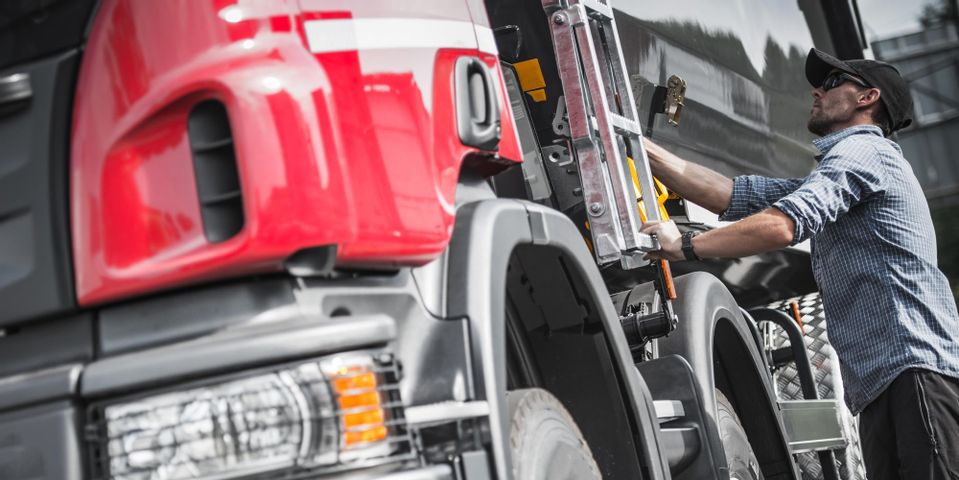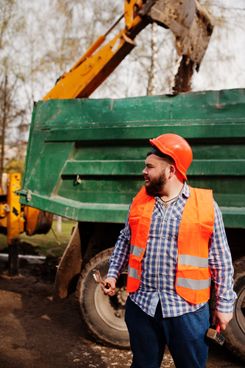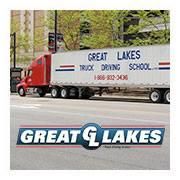Understanding the Class Differences Between Commercial Driver's Licenses

If you’ve long envisioned yourself enjoying the open road and exploring the country, commercial driver’s license (CDL) training will get you one step closer. However, there are three different types of CDL training, each suitable for a different license. How do you decide which one is right for you? Here are the most fundamental differences between each class of license and what kinds of work they permit you to do.
3 Main Classes of CDL Training
1. Class A
 A class A CDL allows you to operate all vehicles and trailers under classes A, B, and C. This includes any vehicle with a gross vehicle weight rating (GVWR) of over 26,000 pounds, vehicles with two or more axles, and trailers weighing more than 10,000 pounds. Examples of vehicles fitting this description include livestock carriers, tractor-trailers, and other vehicles commonly used in agriculture.
A class A CDL allows you to operate all vehicles and trailers under classes A, B, and C. This includes any vehicle with a gross vehicle weight rating (GVWR) of over 26,000 pounds, vehicles with two or more axles, and trailers weighing more than 10,000 pounds. Examples of vehicles fitting this description include livestock carriers, tractor-trailers, and other vehicles commonly used in agriculture.
2. Class B
This license might be appropriate for you if you’re interested in driving delivery trucks, dump trucks, or buses, which are considered class B vehicles. Specifically, these include vehicles with a GVWR of over 26,000 pounds and trailers that weigh less than 10,000 pounds. CDL training for a Class B license allows you to operate both class B and C vehicles.
3. Class C
This is the lowest class of a CDL. It allows you to drive 16 or more occupants in a vehicle, such as a passenger van, and combination vehicles not covered by the higher CDL classes. You are also permitted to transport hazardous materials as defined under federal law.
Are you thinking about enrolling in truck driving school for CDL training? If you’re interested in obtaining a class A, B, or C commercial driver’s license, make an inquiry today at Great Lakes Truck Driving School in Columbia Station, OH. Call (440) 236-3436 today to learn about the variety of commercial vehicle and heavy equipment programs this CDL school offers. You can also visit them online for details about available CDL training programs.
About the Business
Have a question? Ask the experts!
Send your question

